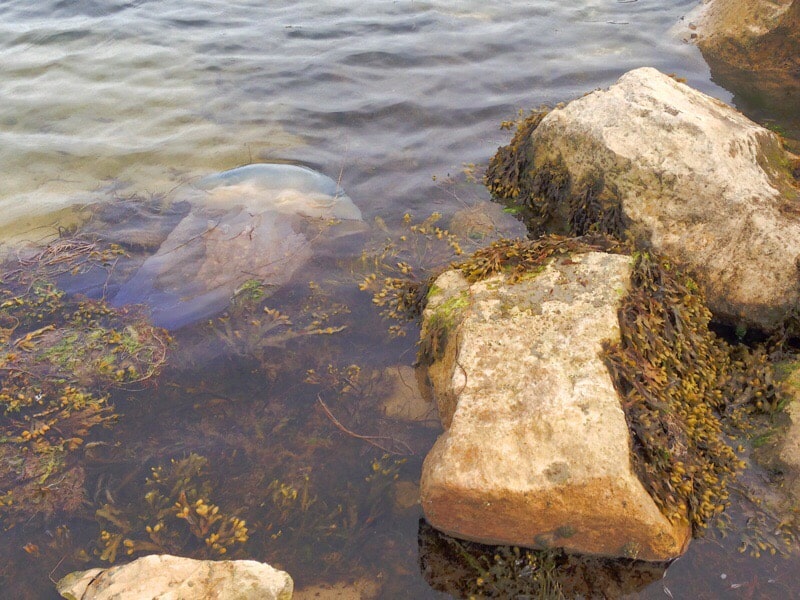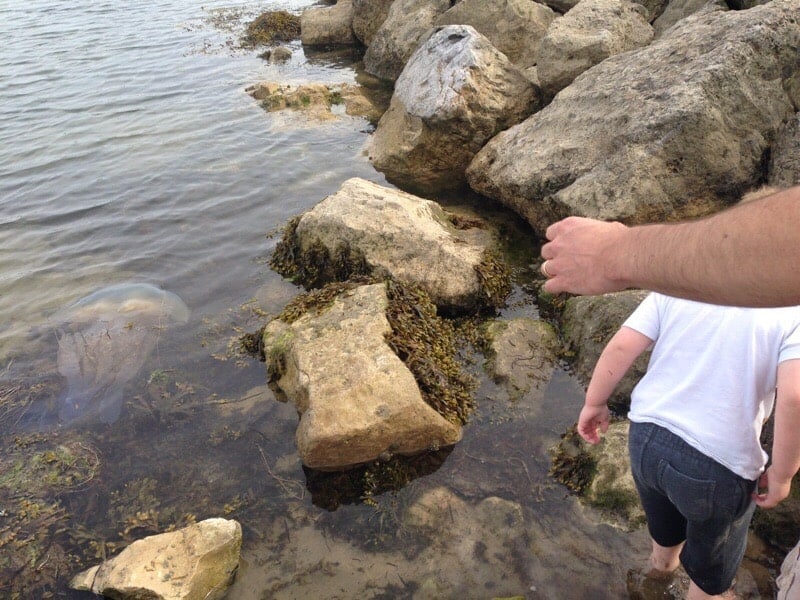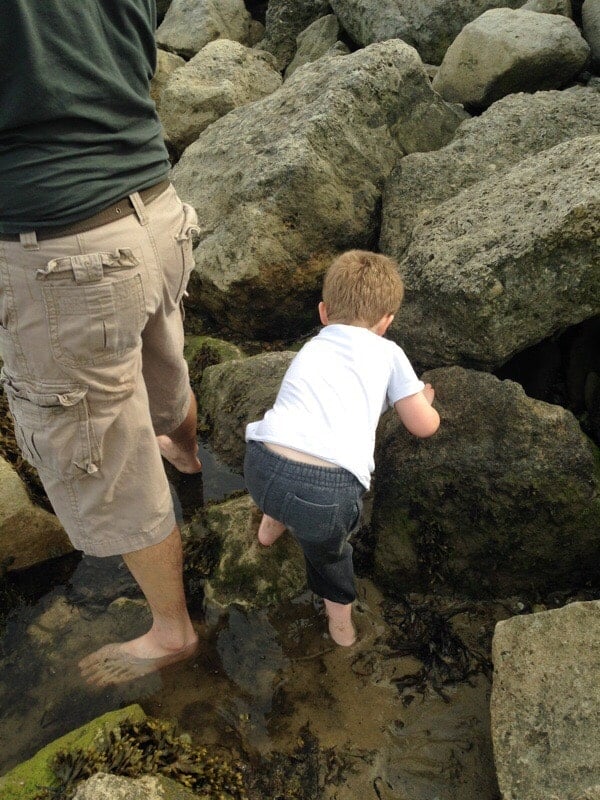Why varying your movement patterns balances the pressures on your body
Do you know how you move? That’s a bit of a strange question isn’t it, I mean how often do you think about how you move? Isn’t it just a way to get from A to B?
Well, not exactly.
In fact, every movement you make has an impact on you as an organism as a whole and also in specific places throughout your body so how you move really matters.
For years I have been aware that how I move matters and as I have put the effort into learning what good movement is, and how it helps me and makes me feel I have to confess I have become quite addicted to getting a good movement fix and looking for the next good movement pattern.
What does movement do to my body?
Think about it. Humans are designed to move and if a human has not moved for seven days then they are probably dead yet in contrast if a tree does not move and stays in the same place for 7 days it will be fine. That is because plants like trees are evolved to stay in the same place and humans being mammals are designed to move.
So, humans have evolved to require movement and a lack of it can cause quite serious problems. For example when you walk you assist the gut with the peristaltic movements that move food from the stomach to the colon, at the same time the action of your lower leg muscles creates a squeezing action helping the blood from your legs get back up to your heart.
In this way, seemingly simple movements often have powerful effects on our organism both improving and hindering our health. Safe modern urban environments have greatly reduced the challenge of getting around but at the same time they have reduced the environment’s ability to help us maintain our health through quality movement because we don’t have to move like our ancestors did any more.
For example, the most beneficial movements are those that replicate how humans are designed to move and so clambering over rocks is a great example of natural movement that we encourage our kids to do but don’t do ousevles. So our kids get all the benefits but as adults, we miss out on the benefits and our bodies become weak in the areas that are used. This is one example among many I notice where our children are healthier than adults because children are encouraged to live as nature intended and adults are not.
Unfortunately, because children are encouraged to grow up and adopt adult movements sooner and sooner the health problems this leads to are increasing.
Give me a practical example
So where and when in your life can the whole family or a group of friends try different movement patterns together and get the benefit?

There are lots of places and one of the most popular is on beaches when you are exploring rock pools and everything the sea has to offer. To give you an example let me take you back to a wonderful holiday I had with my family in Weymouth, England back in 2015 where on the first day I made the effort to go out and explore the local area to see what I could find. I was tired from a hard day of packing and driving and parenting I wanted to start my holiday so I took the little one for a wander and we found a small beach with a bunch of rocks to explore.
Rocks on a beach are a fantastic playground for a family because they require different movement patterns than normal urban life. To traverse rocks we recruit our movement pathways differently, as our nerves fire our muscles to pull on our ligaments to move our bones. In this way, a day at the beach provides challenges we used to face all the time and were well adapted to that we no longer face. The value these challenges provide is also in the recovery demands they create.

Modern urban life challenges our minds far more than it challenges our bodies which is new to us as humans. For most of our history, we have had to adapt to wild rugged terrains and required the ability to traverse them on a regular basis. The difference between natural and modern landscapes is mainly variety in that natural landscapes provide a wide variety of movement surfaces and environments but modern urban design follows standard patterns that are pretty consistent across the world. Providing consistency has reduced variety and the shapes and movement patterns required of our bodies is now so much less than it used to be.
With reduced variety comes over-use of joints and movement patterns which leads to overuse injuries. So I use nature and exploring wild landscapes to provide the variety of movement that my body is designed for. As a lifelong urbanite, I do not find this easy, over time I have come to recognise the value of variety as I have learnt more and more about the effects of modernity on human health.

Variety is consistently reported as the most important factor in all ranges of human requirements from nutrition to movement to mental stimulation. So over the years, my focus has been on increasing the variety in my life and making the effort to value situations because they are different, even challenging to what I am normally used to.
So while scrambling over rocks to check out sea life is a perfectly natural thing to do few of us realise that it is something we rarely do and that in itself is good for us and adds to the variety and excitement of life.
Find a way to move differently today
You have read my example, so now I challenge you to think about how you can move differently today. Whether you do this at home in a familiar environment or somewhere else. Let me know in the comments below what you did and how it felt.
I look forward to seeing what ideas you come up with.






